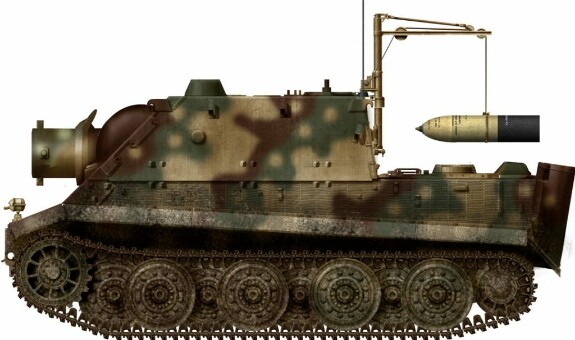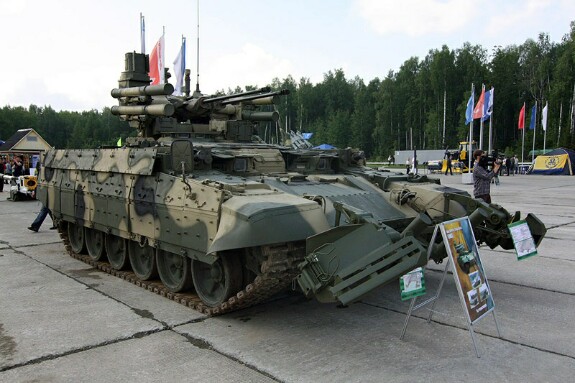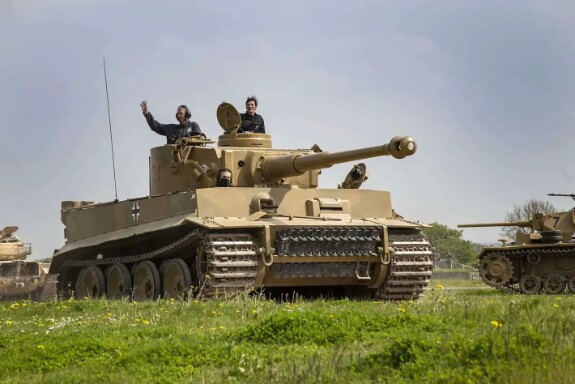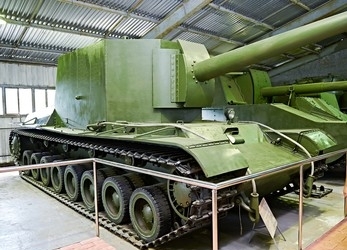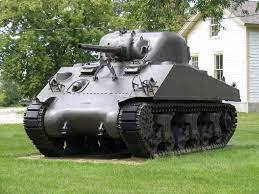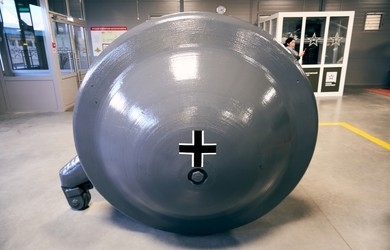The Legendary King Tiger Tank: A Look into its History and Legacy
The King Tiger Tank, also known as the Tiger II or the Königstiger, was one of the most feared tanks of World War II. With its impressive size, heavy armor, and powerful gun, it was a formidable opponent on the battlefield. In this article, we will take a closer look at the history of the King Tiger Tank and its legacy.
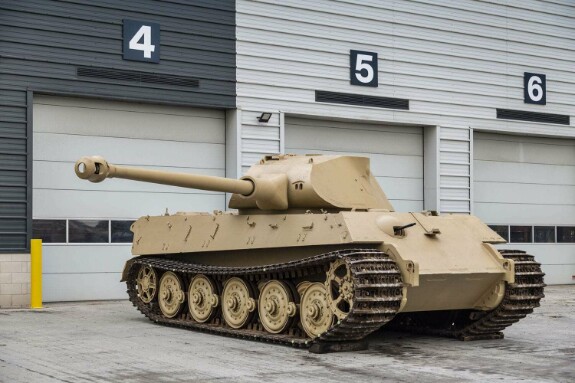
The tank was massive, weighing over 68 tons, and was powered by a V-12 Maybach HL 230 P30 gasoline engine. Its armor was up to 180mm thick in some places, making it almost impervious to most anti-tank weapons. Its 88mm KwK 43 L/71 gun was one of the most powerful guns in the war, capable of penetrating almost any Allied tank at long ranges.
Combat History:
The King Tiger Tank saw limited action during the war due to its late introduction. It was mainly used on the Eastern Front, where it was effective against the Soviet tanks. However, due to its size and weight, it was prone to mechanical failures, and its maintenance was challenging.
